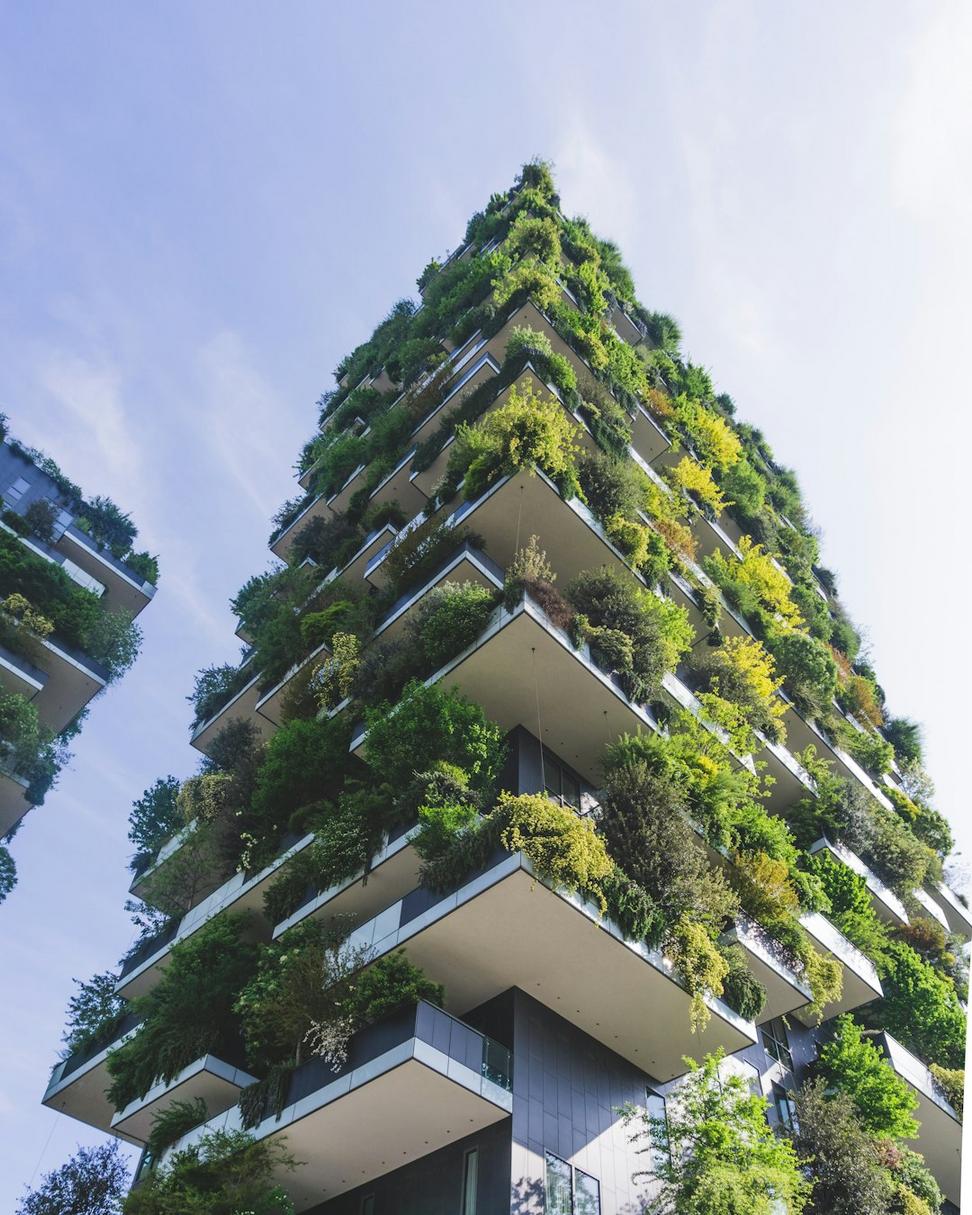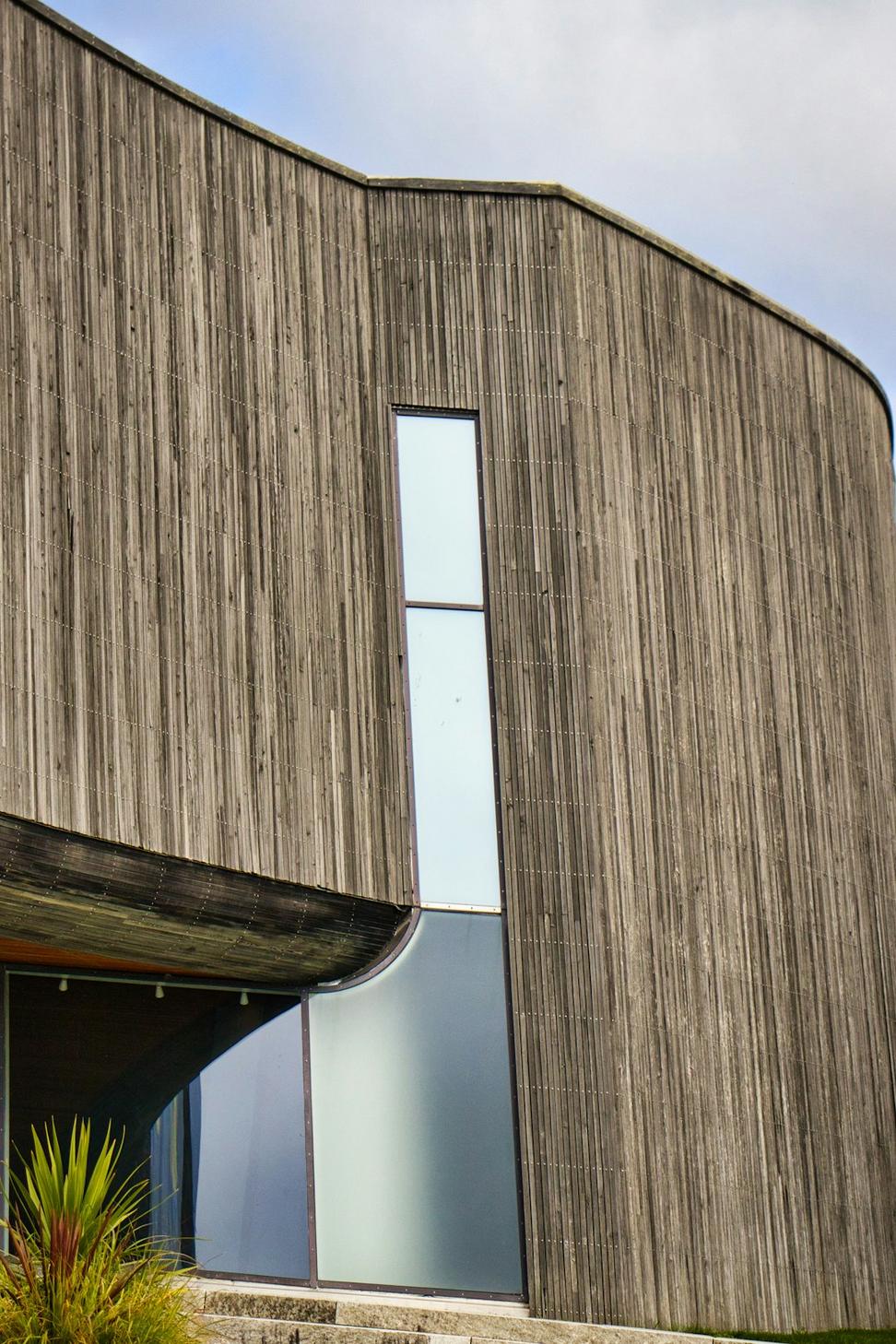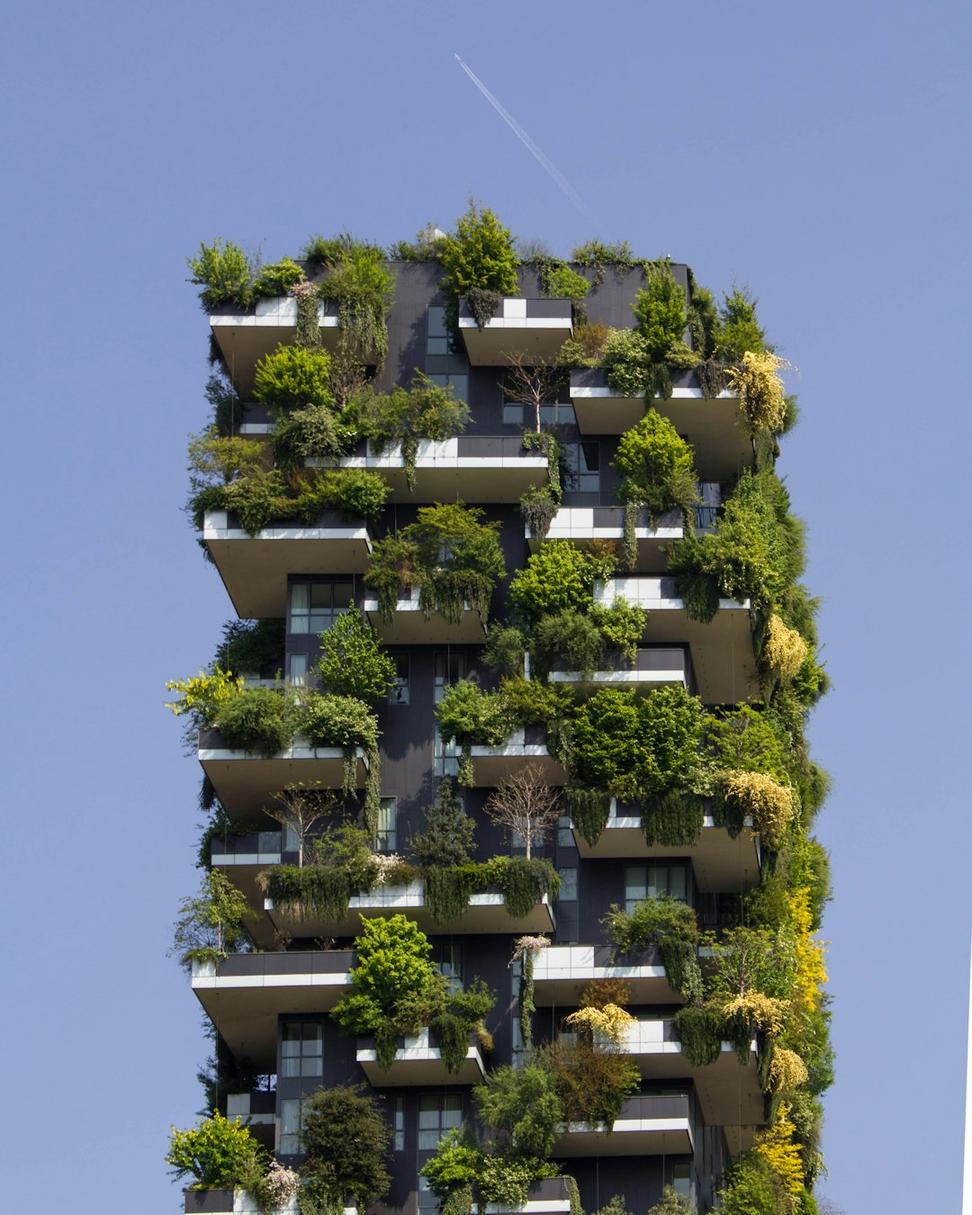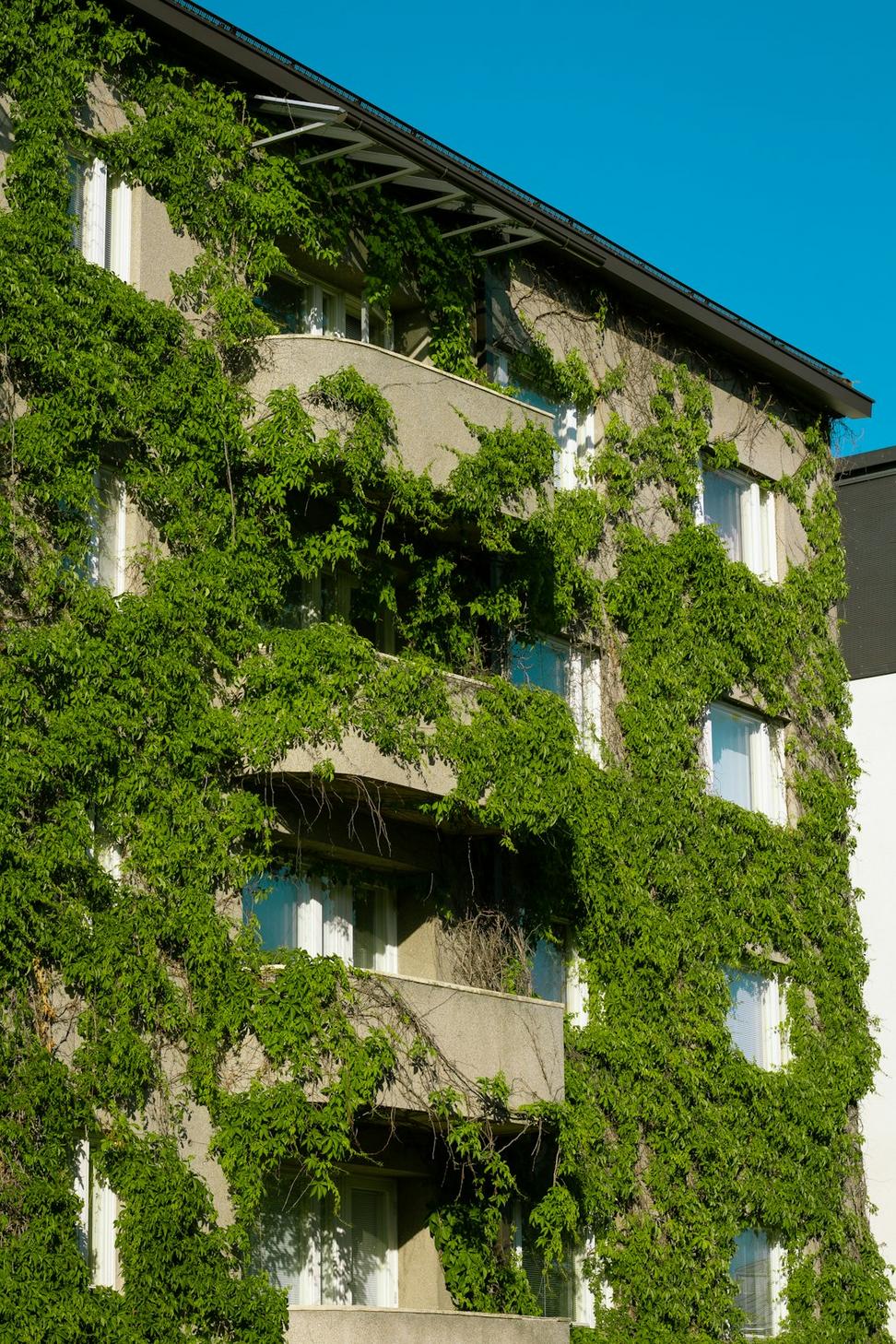
Building Responsibly
We're not saving the planet with buzzwords—we're doing it with smarter choices, one project at a time

Look, we've been at this for years now, and honestly? The construction industry's got a pretty rough track record with the environment. But here's the thing—it doesn't have to be that way.
Every single project we take on, we're thinking about how it'll affect things 20, 30, even 50 years down the line. Not because some certification checklist tells us to, but because we've seen what happens when buildings aren't designed with longevity and efficiency in mind.
We mess up sometimes, learn from it, and keep pushing forward. That's just how it works in the real world.
These numbers aren't perfect, but they're getting better each year
Reduction in water usage across our completed projects
Average energy savings vs. conventional builds
Recycled or reclaimed materials used in projects
Reduction in embodied carbon through design choices
There's no magic formula, just consistent decision-making at every stage. Here's what's become second nature for us:
Before we even sketch anything, we're studying sun paths, wind patterns, existing vegetation. You'd be surprised how much free climate control nature already provides if you just work with it.
Shipping stone from Italy might look fancy, but the carbon footprint's ridiculous. Ontario's got incredible limestone, timber, and suppliers we trust. Plus, it actually makes sense aesthetically.
Buildings should adapt as needs change. We design spaces that can be reconfigured without major demolition. Less waste, more flexibility, happier clients down the road.

Not all of this is cutting-edge—some of it's just smart basics that somehow got forgotten over the years
Strategic window placement, thermal mass, natural ventilation. It's architecture 101, but you'd be amazed how often it gets ignored in favor of bigger HVAC systems.
Reusing water from sinks and showers for landscaping irrigation. Simple, effective, and it pays for itself within a few years through reduced water bills.
Yeah, the upfront cost makes clients nervous. But in Toronto's climate? It's a no-brainer for long-term savings and comfort. We'll fight for it in the budget every time.
Not just pretty—they provide insulation, manage stormwater, reduce urban heat island effect, and give you a space that actually feels alive. Win-win-win-win.
Cross-breeze isn't rocket science, but designing for it requires understanding airflow patterns. We model it digitally now, which beats the old "hope for the best" approach.
Building components off-site means less waste, better quality control, and faster assembly. Plus, if something needs replacing later, it's way easier to swap out.

We've got the paperwork to back up what we do. Are certifications everything? Nah. But they do keep us accountable and give clients some peace of mind.
Three team members with AP credentials across different specialties
Rigorous energy efficiency standard—we've completed four certified projects so far
Because sustainability includes the health and wellbeing of the people using the space
Canada Green Building Council—staying plugged into industry developments
The honest answers to questions we hear pretty much every week
Upfront? Sometimes, yeah. But here's the thing—when you factor in energy savings, reduced maintenance, and longer building lifespan, sustainable buildings almost always come out ahead financially. We've had clients see ROI within 5-7 years on green features. Plus, property values tend to hold better. It's an investment, not just an expense.
Nope, not unless you want it to. Sustainable design principles work with any aesthetic—contemporary, traditional, whatever fits the neighborhood. We've done heritage restorations with hidden geothermal systems and Victorian homes with solar panels you can barely see. Good design is good design, regardless of style.
Depends on what we're comparing to and which features you go with. But typically? We see 40-70% reductions in energy costs compared to standard construction. One residential client went from $300/month to $80/month for a similar-sized space. Commercial projects can save tens of thousands annually. We'll model it out for your specific situation.
Then we prioritize. Some sustainable choices are free—orientation, natural lighting, smart layouts. Others we can phase in over time. We'll help you figure out which investments give the biggest bang for your buck and which ones can wait. Something's always better than nothing.
Both, absolutely. Honestly, retrofitting existing buildings is sometimes more impactful than new builds—keeps perfectly good structures out of landfills. We've done everything from minor energy upgrades to complete gut renovations that transformed energy hogs into net-zero buildings. Each project's different, but there's always room for improvement.
Whether you're just curious about possibilities or ready to get started, we're here to figure it out with you. No pressure, no sales pitch—just honest conversation about what makes sense.
Get In Touch